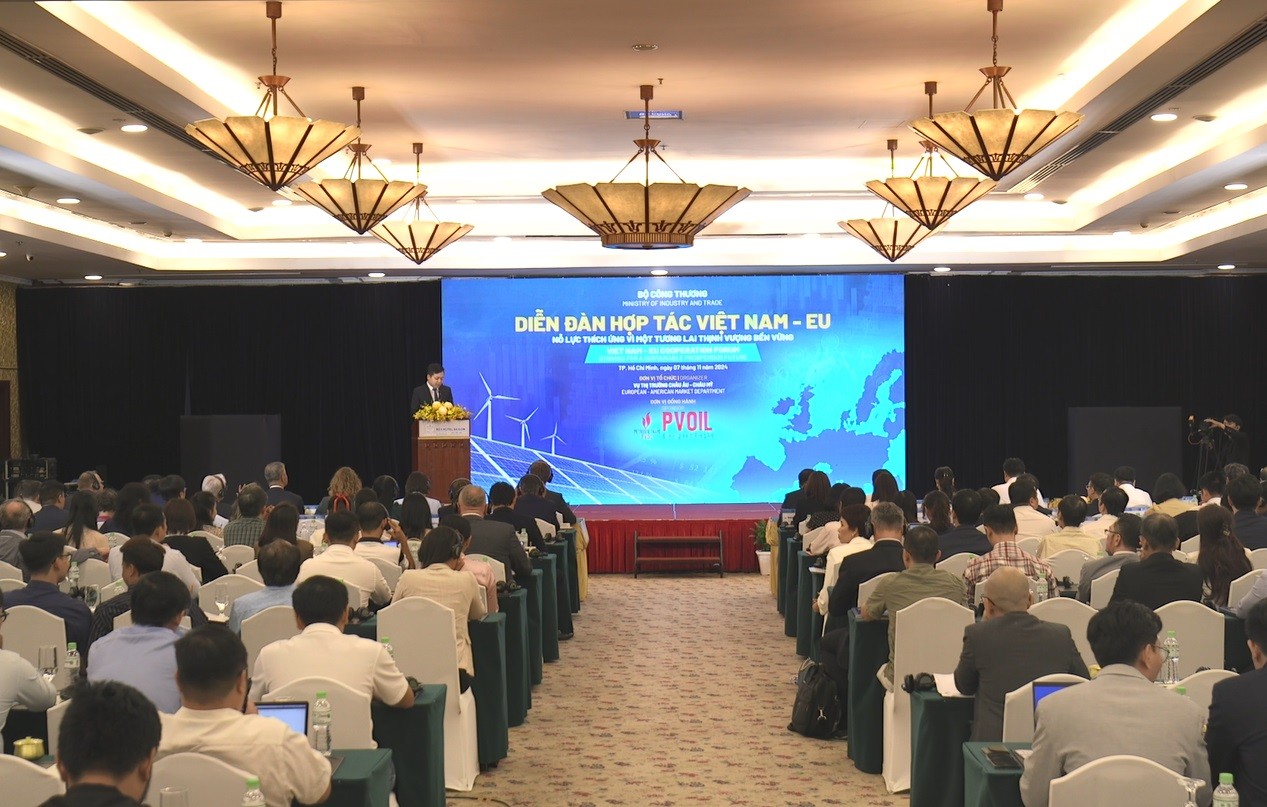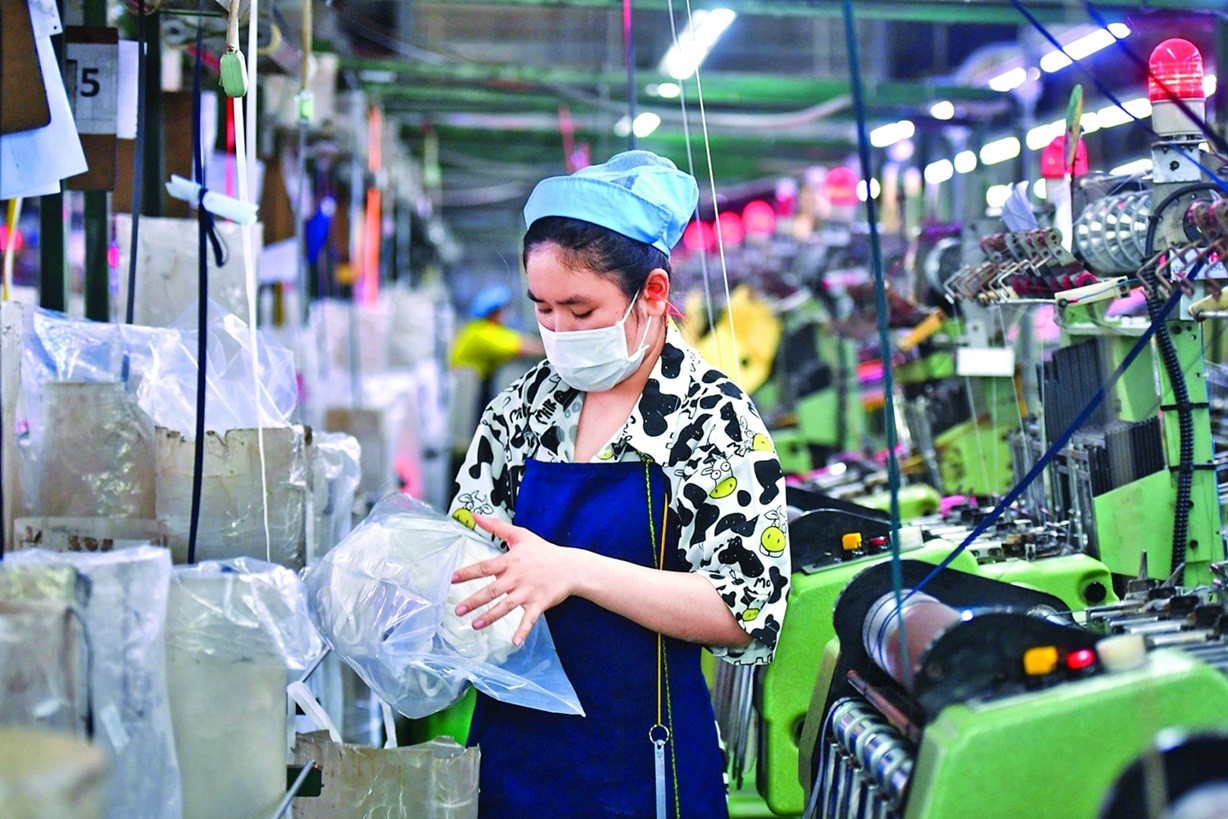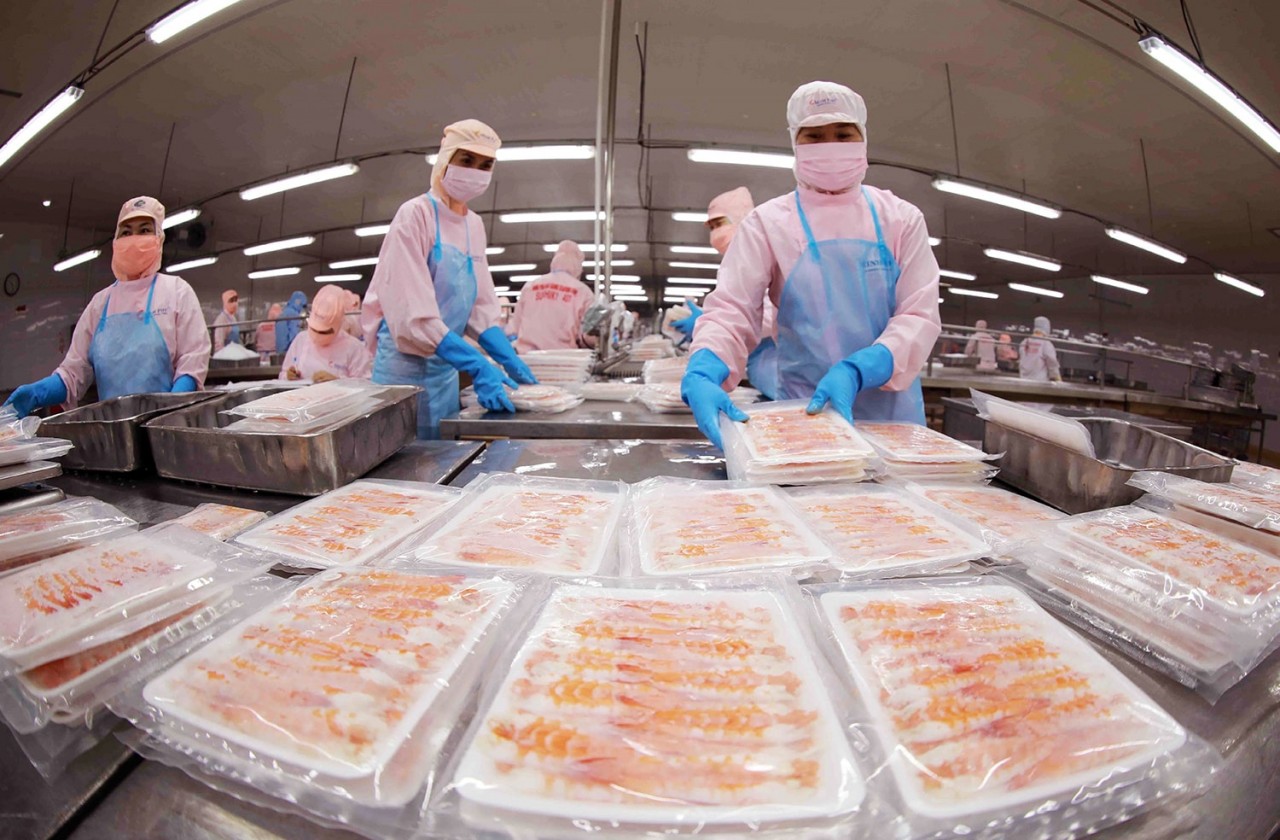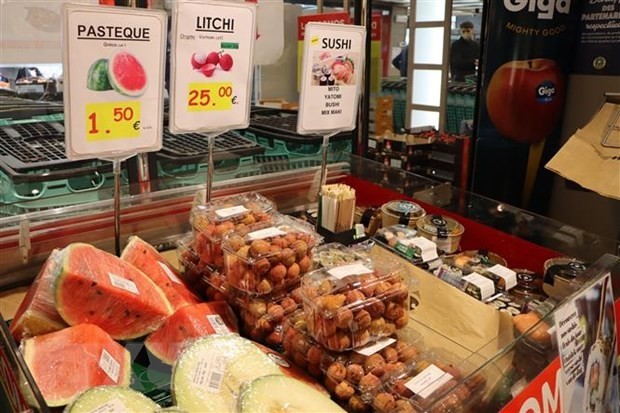EVFTA – Driving Force for Vietnam’s Rice Export to EU
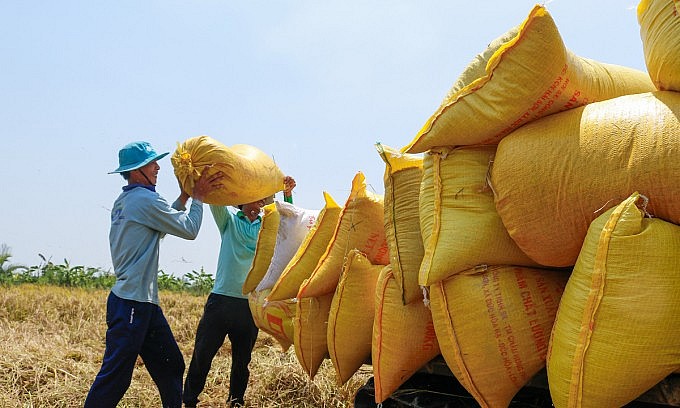 |
| Farmers harvest paddy in the southern province of Soc Trang. Photo: VnExpress |
Statistics released by the General Department of Vietnam Customs showed that Vietnam exported 53,910 tonnes of rice worth US$38.07 million during the past 11-month period of 2021, representing a rise of 0.8% in volume and 21.6% in value against the same period from 2020.
These results prove that local businesses have effectively taken advantage of the EVFTA amid complicated developments of the COVID-19 pandemic and high sea freight rates to the European market.
Nguyen Thi Hoang Thuy, Vietnamese Commercial Counsellor in Sweden and the Nordic market, said since the enforcement of the EVFTA, rice exports to the EU have enjoyed impressive growth, with export turnover reaching roughly US$1.6 million during the past nine months of last year, up 41% compared to the same period from 2020.
Notably, rice export prices to the market surged by 20.3% to an average of US$781 per tonne, VOV reported.
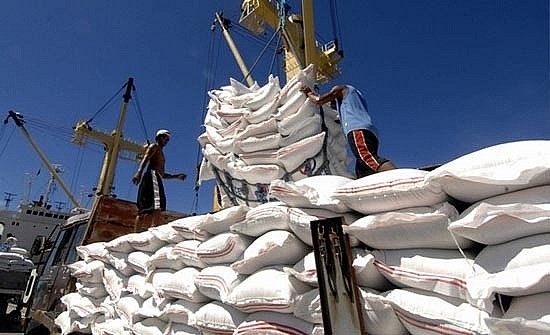 |
| Vietnam exported 53,910 tonnes of rice worth US$38.07 million during the past 11-month period of 2021. Photo: VNA |
Among the leading rice exporters to Sweden this year, only Vietnam, the United States, and Norway have witnessed positive growth. This increase can largely be attributed to the impact of the EVFTA, which has led to Vietnamese rice products enjoying competitive advantages within the fastidious market.
Despite the EU making up a small proportion of total Vietnamese rice exports, this can be considered a potential market for high-value rice varieties.
During the reviewed period, the country shipped 37,390 tonnes of fragrant rice worth US$26.82 million to the EU, marking an annual rise of 9.3% in volume and 28.4% in value. The market shares of Vietnamese fragrant rice to the EU also witnessed an increase of 70% in the reviewed period.
Most notably, some of the country’s specialty rice varieties, such as ST24 and ST25, have been exported to markets in the EU bloc for the first time.
According to the Ministry of Industry and Trade, the pandemic and high sea freight rates are likely to restrain growth of Vietnamese rice exports to the EU this year.
Moreover, the EU has pledged to provide an annual rice quota of 80,000 tonnes to the nation with a tax rate of 0%, and completely liberalise trade in broken rice under the EVFTA, a factor which will serve to help local firms boost exports to this market in the future.
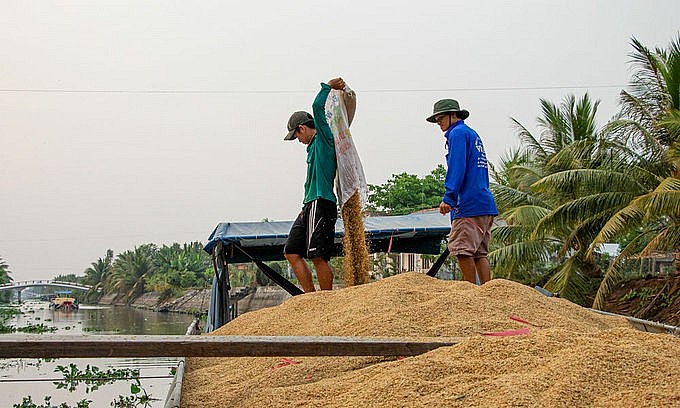 |
| Farmers harvest rice in the Mekong Delta city of Can Tho. Photo: VnExpress |
VietnamPlus said under the agreement, effective from August 1, 2020, the EU pledges to provide an annual rice quota of 80,000 tonnes to Vietnam and completely liberalise trade in broken rice. After three to five years, tariffs on rice products will be slashed to zero percent.
Meanwhile, the EU also sets a range of conditions for those quotas such as origin certificates on Vietnamese rice. The rice exported to EU must have authenticity certificates issued by Vietnamese authorities.
The agriculture sector expects to significantly increase exports of many key products until 2025 thanks to the EVFTA, such as rice (up 65%), sugar (8%), pork (4%), forest products (3%), and cattle and poultry meat (4%).
However, those products must overcome many trade barriers of the EU, such as technical barriers on origin, product quality and intellectual property protection./.
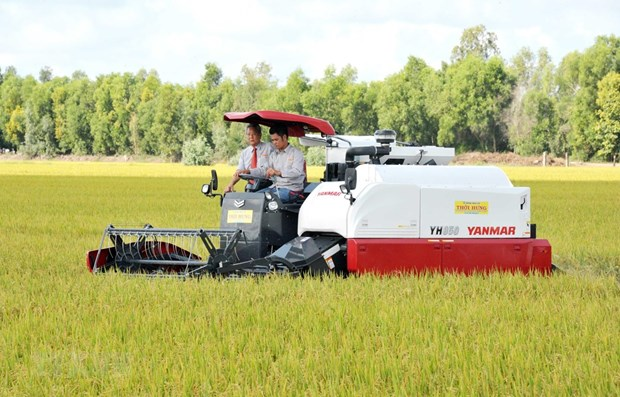 | Vietnamese rice accounts for 84% Filipino rice imports in the first 4 months According to the Philippine Bureau of Plant Industry, Vietnam rice makes up for 84% in 800,000 tonnes of rice imported to Philippines. |
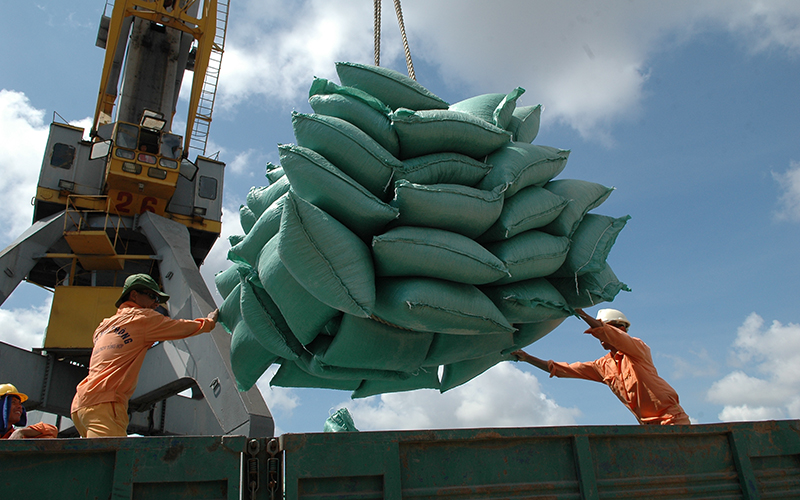 | Vietnam’s rice exports grow despite pandemic Rice is still one of the key export items during the Covid-19 pandemic as businesses continue to have many orders to markets with high quality ... |
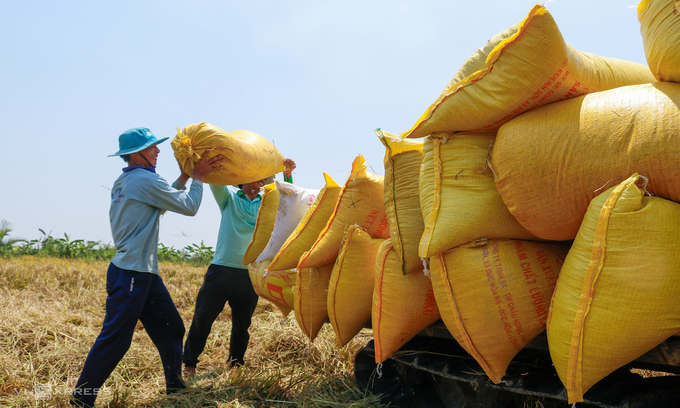 | Philippines becomes Vietnam's largest rice importer Vietnam raked in $1.01 billion from exporting 1.9 million tonnes of rice during the opening four months of the year, with the Philippines becoming the ... |
Recommended
 Economy
Economy




